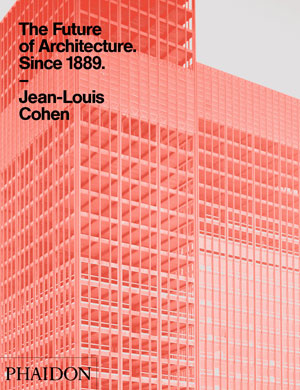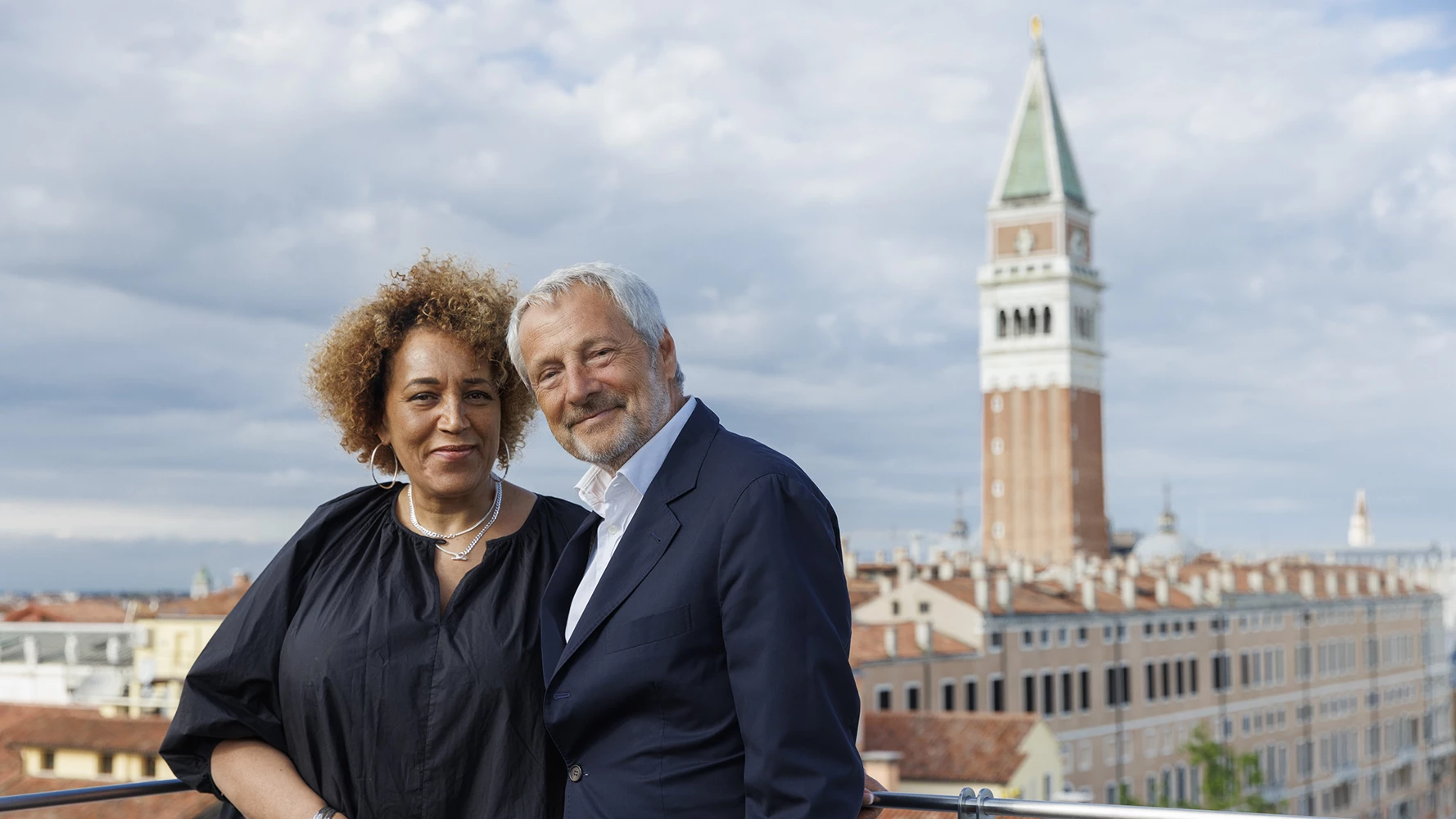Over the last half century, the historiography of the Modern movement has grown increasingly complex. Where the development of Modern architecture was once presented as a coherent linear story, it is now understood to encompass a variety of overlapping and interwoven tendencies. A dominant narrative has been replaced by analysis and interpretation of competing directions, revealing the tensions and controversies that shaped the architecture of the 20th century. With the wide-ranging scholarship of recent years, historians have been challenged to account for a greater number of events, architects, buildings, texts and other influences that have been found to be significant.

The Future of Architecture Since 1889, Jean-Louis Cohen's new history of the Modern movement, rises to this challenge—addressing an extraordinary range of architectural achievement and showing how the architecture of the 20th century was shaped by art, technology, urbanism, and theory. Seminal figures, such as Wright, Le Corbusier, Mies, Gropius, and Kahn, still play key roles, but are surrounded by a large number of lesser-known figures who were omitted from many previous histories. Cohen, who teaches architectural history at New York University's Institute of Fine Arts, gives prominent attention to work in Western Europe and the United States, but also looks at the spread of Modern architecture across the globe to Eastern Europe, Latin America, and post-colonial Asia and Africa. He broadens his focus even further to include directions often considered retrograde, such as the versions of Classicism adopted by totalitarian Germany and Russia.
A short review can barely touch on the breadth of The Future of Architecture. A single example will have to suffice. Cohen addresses World War II and its immediate aftermath in a space of just over 30 pages. Chapter 22, titled "Architecture of Total War," includes American industrial plants, the Pentagon, air raid shelters, Auschwitz, and early proposals for postwar design. The next two chapters address reconstruction and emerging Modernist urbanism after 1945, as well as the critical dialogue in Italy fostered by magazines such as Metron, Spazio, Domus, and Casabella; the collapse of CIAM; and Heidiegger's seminal "Bauen, Wohen, Denken" ("Building, Dwelling, Thinking") lecture of 1951.
Throughout the book, Cohen emphasizes not only built works and unbuilt projects, but also the critical context provided by writings, exhibits, and films. To support his analysis, he supplements his narrative with 600 illustrations (300 in color) of buildings, projects, exhibits, film stills, and journal pages. He discusses the theoretical debates of the last several decades, as well as texts by Jane Jacobs, Aldo Rossi, Anthony Vidler, Alexander Tzonis and Liane Lefaivre, Manfredo Tafuri, Jean-Francois Lyotard, and others.
Cohen provides not just a survey of architecture in the form of buildings and projects, but a sweeping history encompassing the ideas that have shaped the architectural achievements of the past century. Because The Future of Architecture is so inclusive, its descriptions of individual buildings and projects are sometimes brief. For readers who bring a general familiarity with the development of 20th-century architecture, the book will enrich and extend their knowledge. For others, though, it may prove quite daunting.
Jeffrey Karl Ochsner is a professor of architecture at the University of Washington and the author of H. H. Richardson: Complete Architectural Works and other books.







Post a comment to this article
Report Abusive Comment